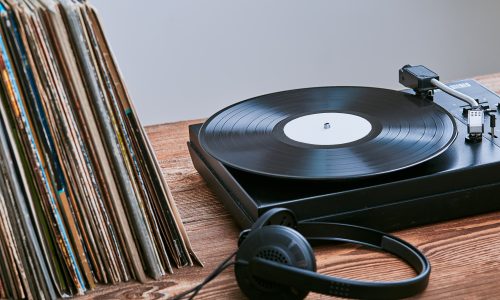The Best Pour Paint

Our Review Process
Don't Waste Your Money is focused on helping you make the best purchasing decision. Our team of experts spends hundreds of hours analyzing, testing, and researching products so you don't have to. Learn more.
Our Picks For The Top Pour Paints
This pour paint is ready to use and it comes pre-mixed with a pouring medium. The set consists of 32 colors including pastels and neons. The paint is created by artists.
Ready to UseThis pour paint is pre-mixed with pouring medium so no prep is required.
This pour paint has a thick consistency like honey. It can be used straight from the bottle and you can also add more pouring medium if needed. The paint provides a rich, vibrant color.
Thick ConsistencyThis ready-to-pour paint has a great consistency.
Create stunning masterpieces with these beautiful metallic colors. The non-toxic paint can be used on multiple surfaces like glass, rock and wood in addition to canvas and paper.
Stunning HuesThese metallic pour paints have eye-catching colors.
This pour paint has a thick consistency that provides a great flow. The paint is pre-mixed with a pouring medium. It can be used on multiple surfaces.
Versatile and Easy to UseThis paint has the perfect consistency for pouring.
Buying Guide
If you’ve got an artistic side and love playing with different types of painting methods, pour paint is a method you’ll want to explore. You can put away your paintbrushes because you won’t need them for this interesting art form.
This style of painting is great for beginners and experts alike, and appeals to kids of all ages, too. The results of pour painting are always unique, unpredictable and visually stimulating.
In this unconventional style of painting, you create fantastical canvasses by simply pouring the paint onto the surface. This method creates a flowing design that simply can’t be replicated when you use a paint brush. While pouring paint onto a canvas seems easy enough, there are several techniques you can use to create different types of flowing shapes and patterns.
The best types of paints for this activity are liquid or soft body acrylic paints. They have the best fluid consistency for creating the flowing patterns you’re going for. Craft liquid acrylic paint is an affordable option that is readily available in many different colors. Artist-quality liquid acrylic paint offers intense colors with less color-shift while drying. This kind of paint also doesn’t crack when dried, so it’s more durable for pour painting. However, it is more costly than craft paint.
If you’re new to pour painting, it’s best to start out with two or three different colors. If you’re a pro, you can work with six to 10 colors. Try starting out with colors that are in the same family, such as different shades of yellow or orange. Another option is to use complementary colors, such as purple and green together. You can also go with iridescent or metallic colors to add a little sparkle and texture to your pour paintings.
What to Look For
- While the paint is the most important supply you will need for this activity, don’t forget about the canvas. You need to use a sturdy canvas because lighter ones may not be able to withstand the weight of the heavy, wet paint and may end up sagging in the middle. Wood panels that are sealed and primed are a great option for pour painting. You can also use a stretched canvas as long as it’s sturdy. Go with one that doesn’t have any staples along the edges because then you won’t need to frame them to display your artwork.
- You can also use different items around the house as your pour paint canvas. Consider something like leftover ceramic tiles from your last home renovation or even old records you don’t listen to any more. Both of these items can make a good pour paint canvas.
- If you’re using an unprimed wood panel as your canvas, you will need to apply an acrylic primer to it before you can begin pour painting. This will allow the paint to stick to the surface. You’ll need to give the primer 24 hours to dry before you can begin pour painting.
- If you want to avoid the poured paint blending into one single color, it’s best to mix in a pouring medium. This helps to keep each color separate once they are poured onto the canvas, creating a marbled effect. Using a pouring medium also reduces the number of cracks you get in the paint as it dries. Keep in mind that you will end up using a lot of pouring medium, even if you’re making a small canvas. It’s most cost-effective to buy it in bulk.
More to Explore
If you’re doing pour painting for the first time or working with children, it’s important to prepare for the mess as best you can. Many people prefer to wear disposable gloves while pour painting to protect their skin, as it’s likely that you will get some paint on them.
Another important measure to take is to place some newspaper or old cardboard underneath the canvas so that when you pour the paint, it has a surface it can run onto. Ideally, the newspaper or cardboard should be significantly larger than your canvas in order to catch any drips.














